Organic or conventional? Those are two most common choices consumers ask me to help guide them towards which is better for nutrition, but especially overall health. In all honesty, there is no correct answer and it should be left to interpretation on which a consumer should do. Some shoppers only buy organic, others go for conventional, and some shoppers are a mix bag. Whether you are team organic or team conventional – make sure it fits your needs and lifestyle.
The most important thing to me about this debate is ensuring consumers understand what organic and organic agriculture actually means. There are many misconceptions about organic such as being “pesticide free” or “nutritious”.
September is National Organics Month and this post will provide an overview of what organic and organic agriculture means; in addition, you are invited to our Mackenthun’s Waconia location for a free Organic Sampling Event on September 10th from 10:00a to 1:00p.
Specific Guidelines for Organic Practices
The United States Department of Agriculture (USDA) regulates the standards of organic practices. For a conventional farmer to become certified in organic farming by the USDA, it is mandated for the farmer to turn their land to organic within three years. During this transition, unfortunately, the livestock or produce that is grown during the lands’ transition, even if it is organic, cannot be labeled organic until after three years and investigation by the USDA.
Farmers must show the following to become certified in USDA organic…
- Apply a set of cultural, biological, and mechanical practices that support the cycling of on-farm resources
- Promote ecological balance
- Conserve biodiversity
An example of promoting ecological balance is the topic of soil fertility. Organic farmers support soil health and crop health by using compost or animal manure; the soil bacteria breaks down these compounds into nutrients back into the soil to which the plants will use these nutrients to grow.
An example of conserving biodiversity is the topic of pest, weed, and disease management. Organic farmers may release predatory insects to reduce pest populations, lay more layers of thick mulch to prevent weed buildup, or result to non-synthetic pesticides.
To learn morea bout organic practices, visit this link – click here
Use of Pesticides
A common debate is whether organic food is the way to go as conventional food and its synthetic pesticides is what makes it harmful for human health. This also stems from the misunderstanding that organic agriculture does not use pesticides; however, it is synthetic pesticides they do not use. Synthetic pesticides and organic pesticides are chemicals regardless and need to be registered through the United States Environmental Protection Agency.
According to the EPA, ” ‘organically grown‘ food is food grown and processed using no synthetic fertilizers or pesticides. Pesticides derived from natural sources may be used in producing organically grown food”. Let’s break this down even more. The suffix “ide” in pesticide, bactericide and fungicide comes from the Latin meaning “to kill”.
Nutrient Quality of Organic Products
A common debate about organic food versus conventional food is the nutritional quality between the two practices. This debate continues to be a mixed bag and further research is needed.
- No differences between nutritional quality or carbon food print (2019, click here for study)
- No differences between protein, fat, carbs, and fiber; however, organically grown foods have higher antioxidant and omega-3 levels (2020, click here for study)
- No differences between nutritional quality; however, slightly higher amount of Vitamin C in organic fruits and vegetables; lower protein amount in organic fruits and vegetables (2009, click here for study)
- Organic foods appear to be of higher nutritional quality than conventional foods (2019, click here for study)
- No differences between nutritional quality; however; antioxidant levels are slightly higher in organic foods (2016, click here for study)
- Organic pasta, rice, and grain products were found to be lower in protein (2020, click here for study)
Genetically Modified Organisms (GMOs)
Why use GMOs?
- Reduce food waste
- Resist drought and disease
- Resist the harmful affects of pesticides, herbicides, bactericides, fungicides, etc.
- Improve nutritional quality
- Produce more crop
In regards to organic practices, the USDA states the use of GMO crops is not allowed for organic agriculture. There are other factors that organic farmers need to be cautious about. Their neighbor may use GMO crops – as pollen or seed drift through air and water, it may have potential cross-contamination with the organic crops. Food manufacturers must make sure organic and conventional products are separated from each other through the lines.
Livestock Wellfare
Like crops, raising livestock with the organic certification is also regulated and standardized by the USDA.
- Managed from last third of gestation (mammals) or second day of life (poultry)
- Allowed year-round access to the outdoors
- Raised on certified organic land and operations, including the feed needs to be certified organic
- Raised without antibiotics, hormones, or other prohibited ingredients.
Read more about organic livestock standards – click here
Sources:
https://www.epa.gov/agriculture/organic-farming#:~:text=%22Organically%20grown%22%20food%20is%20food,in%20producing%20organically%20grown%20food
https://www.ams.usda.gov/sites/default/files/media/Organic%20Practices%20Factsheet.pdf
https://gmoanswers.com/gmo-basics
https://www.ccof.org/page/organic-non-gmo-more#:~:text=Organic%20is%20non%2DGMO%20because,manufacturers%20cannot%20use%20GMO%20ingredients
https://www.ams.usda.gov/sites/default/files/media/Organic%20Livestock%20Requirements.pdf











